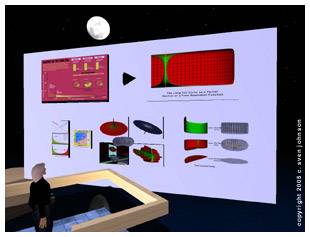In the late 90’s I was working at a well-known and very well-respected company. It was the kind of company that attracted impressive individuals from other, well-known and well-respected companies. One such person came from Procter & Gamble to take over as the (lone) VP of Marketing.
The first thing this newcomer did was schedule every member of every product development team for training; every project manager, every marketer, every project engineer, every industrial designer spent two solid days learning this new development tool. What kind of training you ask? Well, the kind of training that supposedly appeared at P&G a couple years later in 2000, as suggested in the Newsweek article, “Going Home With the Customers” (Link). From the article:
Claudia Kotchka, a 27-year P&G veteran, as the company’s first vice president for design innovation and strategy. And one of Kotchka’s first acts was to embed top designers in brand teams to help rethink not just the superficials – graphics, packaging, product design – but, more importantly, how consumers experience products.
Kotchka now teams with such outside design firms as Palo Alto, Calif.-based IDEO. Their m.o.? Don’t interview consumers – go home with them. Observe, for example, how they use diapers.
(Note for later reference that Tide is listed as an example of a product lacking innovation.)
I’m not saying Kotchka didn’t spearhead this. For all I know she was working with or for the person my former employer hired and moved up the ladder in her place; or, more likely, was her superior and was the reason for the defection. But from what I recall, we were being trained (in 1998) to do what P&G was supposedly already doing!
Further, we were told it was this consumer observation practice that led to P&G’s Tide detergent bottles being modified in order to prevent liquid from running down the sides of the bottle after consumers used the provided measuring cap (discovered, my “encounter” training class was informed, when a team member noticed a consumer had “permanently” placed a towel down near the clothes washer so she could set a drippy bottle somewhere and not make a mess).
We called it “Home Encounters” or something like that, and it was both great training and a wonderful development tool. But if what they’re reporting on wasn’t in successful use at P&G before 2000, I’d really like to know what they’re doing.



